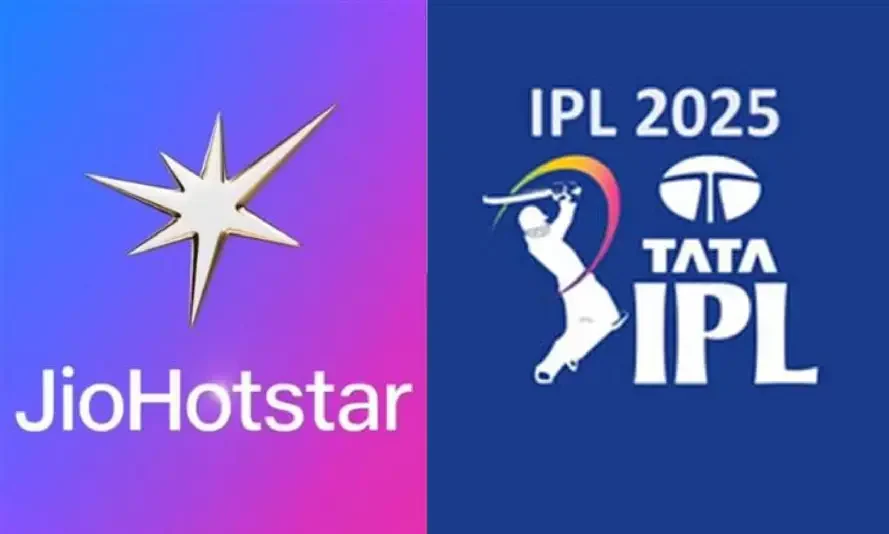Reliance Promotes ‘Neural Mapping’ to Attract IPL Sponsors Following Disney Partnership
After finalizing an $8.5-billion media alliance with Walt Disney, Indian tycoon Mukesh Ambani is focusing on small enterprises and highlighting innovative neuroscience research to amplify revenue from the Indian Premier League (IPL), the world’s most lucrative cricket tournament.
The expensive broadcasting rights for IPL and other major cricket events, which have cost Disney and Reliance close to $10 billion in recent years, are expected to weigh heavily on the newly merged conglomerate, making it India’s largest entertainment powerhouse.
Competing against Netflix and Amazon in the $28-billion industry, Reliance’s media arm is conducting a series of exclusive workshops across seven Indian cities, aiming to persuade small firms to invest in IPL advertisements, offering advertising packages starting at $17,000.
“Advertisements are crucial for IPL’s coverage,” the company stated in a presentation, outlining a goal to reach 40 million smart TVs and 420 million mobile users during the 60-day IPL season starting March 22.
As part of its private marketing pitch, Reliance is presenting “neural activity analysis” that allegedly monitors brain neurons to demonstrate that its streaming commercials engage audiences more effectively than Google’s ads.
Media insiders, Reliance personnel, and two corporate presentations revealed the company’s strategic shift towards increasing digital ad slots to expand streaming revenue—a strategy that Reuters is exclusively reporting.
“You have to generate profits,” said a company executive familiar with the initiative.
All sources requested anonymity due to the confidential nature of the strategies.
Neither Reliance’s Star India division—which oversees the company’s broadcasting and digital operations—nor Disney responded to inquiries regarding these developments.
Reliance also aims to capitalize on ad spaces within mini scorecards on mobile screens, following its decision to discontinue free IPL streaming on its JioHotstar app, a service available since 2023. This move marks a key shift as the company navigates financial constraints.
IPL: A Goldmine for Advertisers
Launched in 2008, the Indian Premier League quickly became a spectacular hit among cricket lovers across the Indian subcontinent. In November, ten franchises, including one owned by the Ambani family, fiercely bid over $74 million for top players to participate in the 74-match tournament this year.
In India’s rapidly evolving digital market, television remains price-controlled, and traditional broadcasting does not allow precise geolocation of ads. This makes digital platforms the next big battleground.
With growing competition from Google and Meta, who dominate India’s online ad sector, Reliance plans to leverage user data to provide targeted advertisements based on viewers’ demographics, income levels, and locations, while also adjusting ad pricing.
At a recent February seminar in Bengaluru, India’s tech capital, numerous small business owners participated in one-on-one marketing pitches where Reliance promoted affordable IPL ad slots.
While Reliance’s advertising rate booklet displayed starting packages at $17,000, wellness entrepreneur Anita Devraj, who attended the event, remarked, “I find Instagram and YouTube ads more cost-effective.”
Heavy Investment in Cricket Rights
Before the merger, Disney and Reliance each invested roughly $3 billion to acquire IPL’s streaming and television rights from 2023 to 2027, along with additional billions for ICC cricket and other sports leagues.
However, the enormous expenditure posed financial challenges, with Disney India later describing the ICC media rights as “burdensome,” leading to an estimated loss of $1.42 billion.
Despite this, Reliance views IPL as a key revenue driver, not just for advertising revenue, but also for retaining viewers who may later subscribe to premium content such as HBO films or Bollywood blockbusters, according to an inside source.
To address concerns from India’s antitrust watchdog regarding cricket broadcasting rights and obtain regulatory approval for the merger, the companies pledged not to impose excessive ad rate hikes.
Yet, this year, Reliance has increased IPL’s streaming ad prices by as much as 25%, according to an insider and corporate documents from the Indian media agency Media Ant.
Bulk media buyers can still access discounted packages, with Media Ant’s website listing IPL ads at 500,000 rupees ($5,800), while YouTube ad packages begin as low as 10,000 rupees ($115).
Tough Competition in Digital Streaming
Streaming is now mainstream, but the competition remains fierce, said Uday Shankar, vice-chairman of Reliance’s media unit, in an interview with McKinsey last October.
“You are up against global tech giants like Google and Meta,” he said. “A significant portion of digital ad revenues already flow to these two companies.”
Reliance’s increasing efforts to challenge U.S. tech firms are evident in marketing materials showcasing individuals wearing biometric headsets and heart rate monitors, tracking their neural activity in a “brainwave-mapping study” to compare engagement levels of IPL ads against competitors.
According to Reliance, the study found its ads outperformed rivals by up to four times in focus, engagement, and memorability compared to ads on Meta’s Instagram and Google’s YouTube. Neither Meta nor Google responded to requests for comment.
However, Google’s own “brain-imaging research”—conducted in Britain and Germany—claimed that YouTube has the most engaged audience of any digital platform.
Despite these findings, Reliance cannot surpass YouTube’s massive reach, which boasts nearly 500 million active users in India.
“Using neuroscience jargon can only go so far in advertising,” remarked Daoud Jackson, a streaming industry analyst at Informa TechTarget.
“At the end of the day, you don’t win a marketing debate by pointing at brain scans—you win by showing revenue growth in the balance sheets.”







